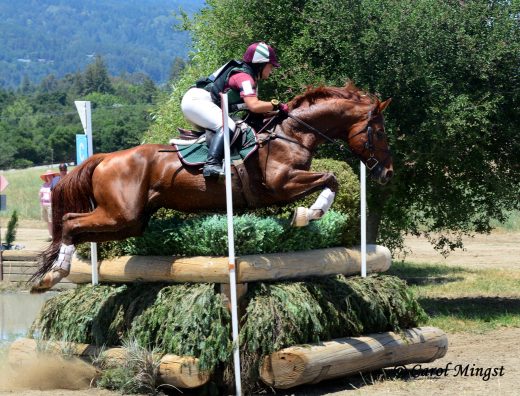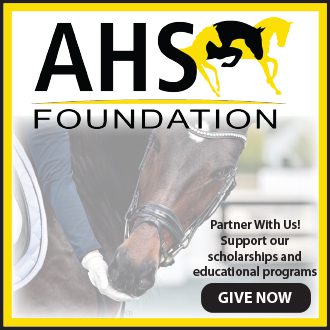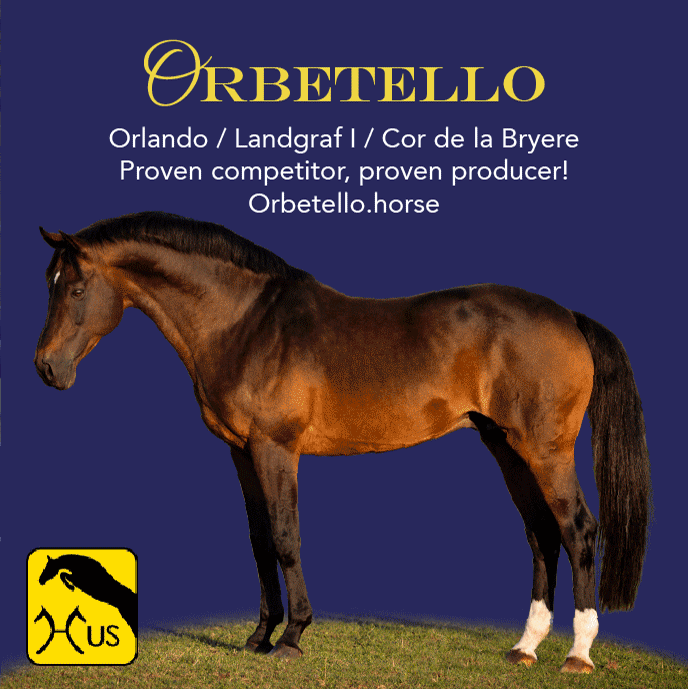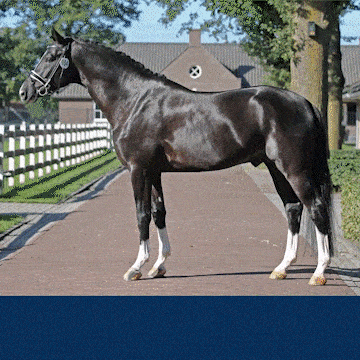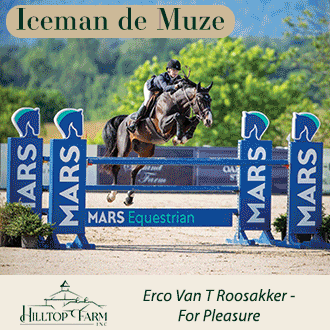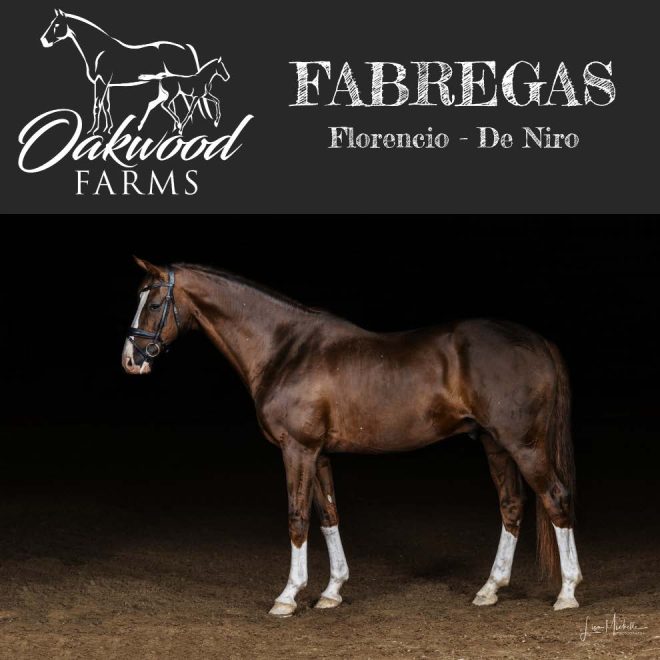Stallion licensing is an involved and costly endeavor so it's important to make sure all the steps are followed and the rules adhered to. There are several options for stallions to work through the process and the timing for each individual stallion should be thought through based on his physical and mental development.
Stallion owners enjoy complete reciprocity between the AHS and the Hannoveraner Verband (HV). Registered Hanoverian stallions approved for breeding by the AHS or HV may be included in the Stallion Book upon application and payment of fees and proof of approval. Eligible foals sired by HV-approved Hanoverian stallions standing outside of North America may be registered with the American Hanoverian Society. It is the mare owners responsibility to ensure that the chosen stallion is approved by either the AHS or the Hannoveraner Verband. Active stallions are listed on both the HV website and the AHS website annually.
It is also important for stallion owners to review the AHS Breeding Rules to understand the requirements for approval.

